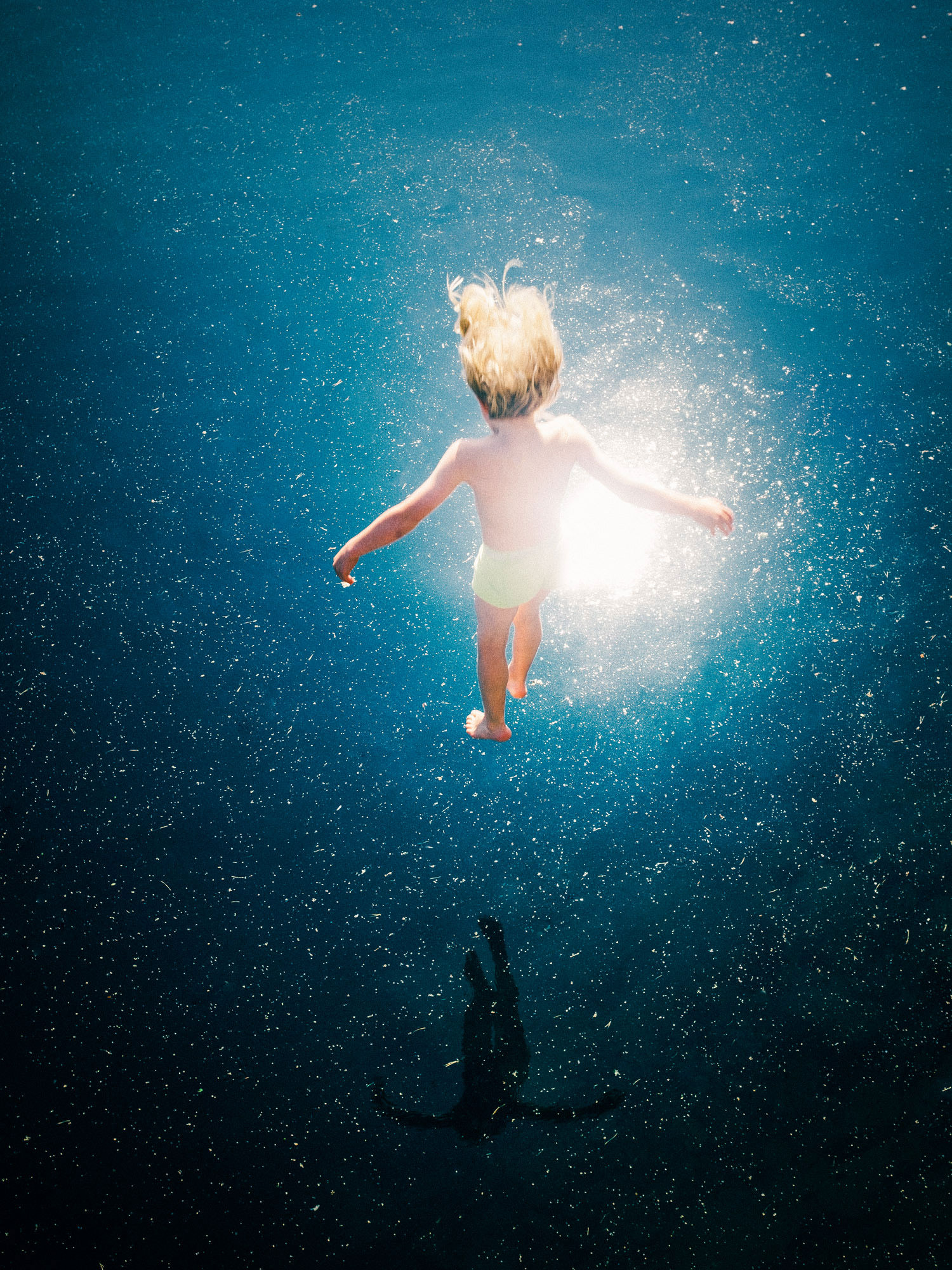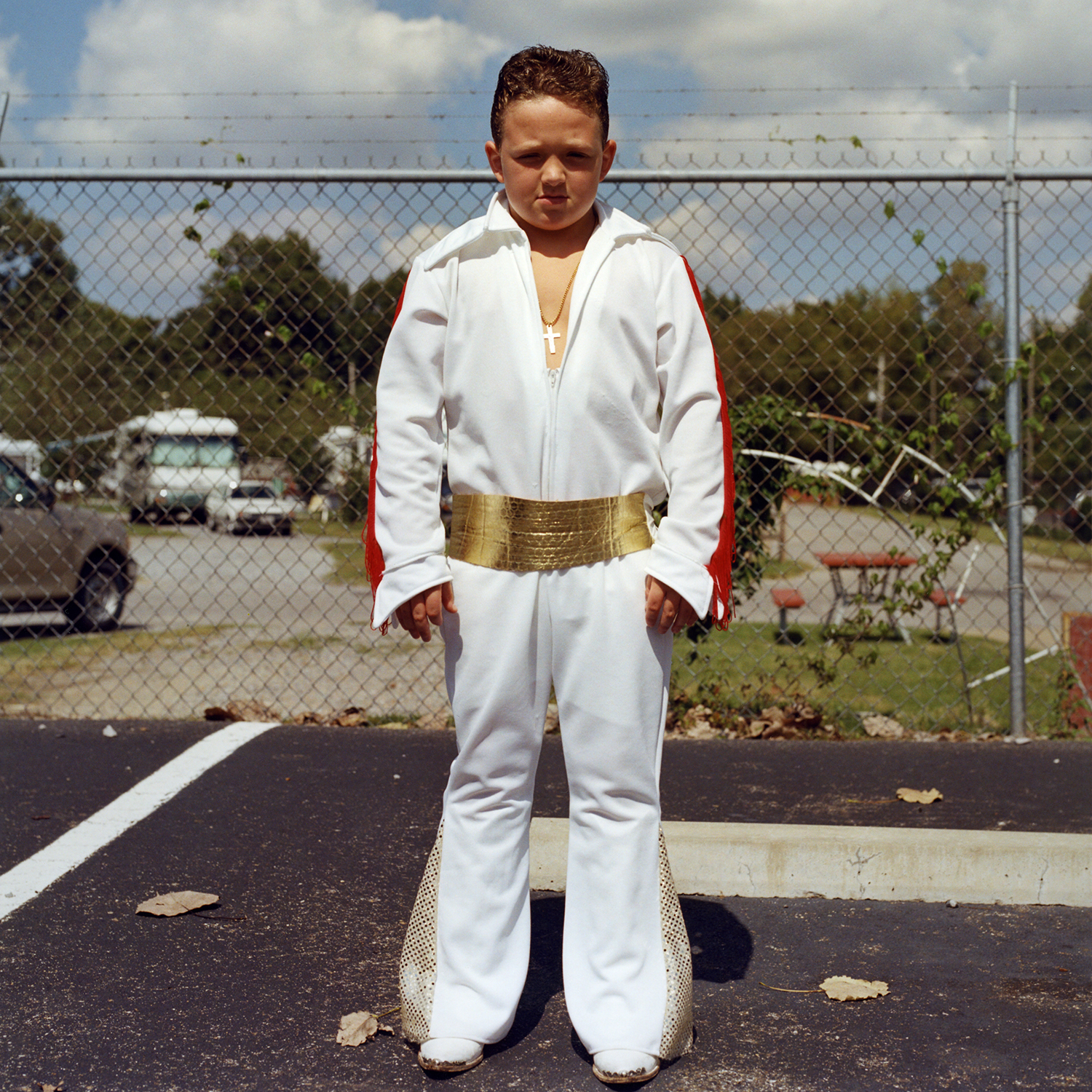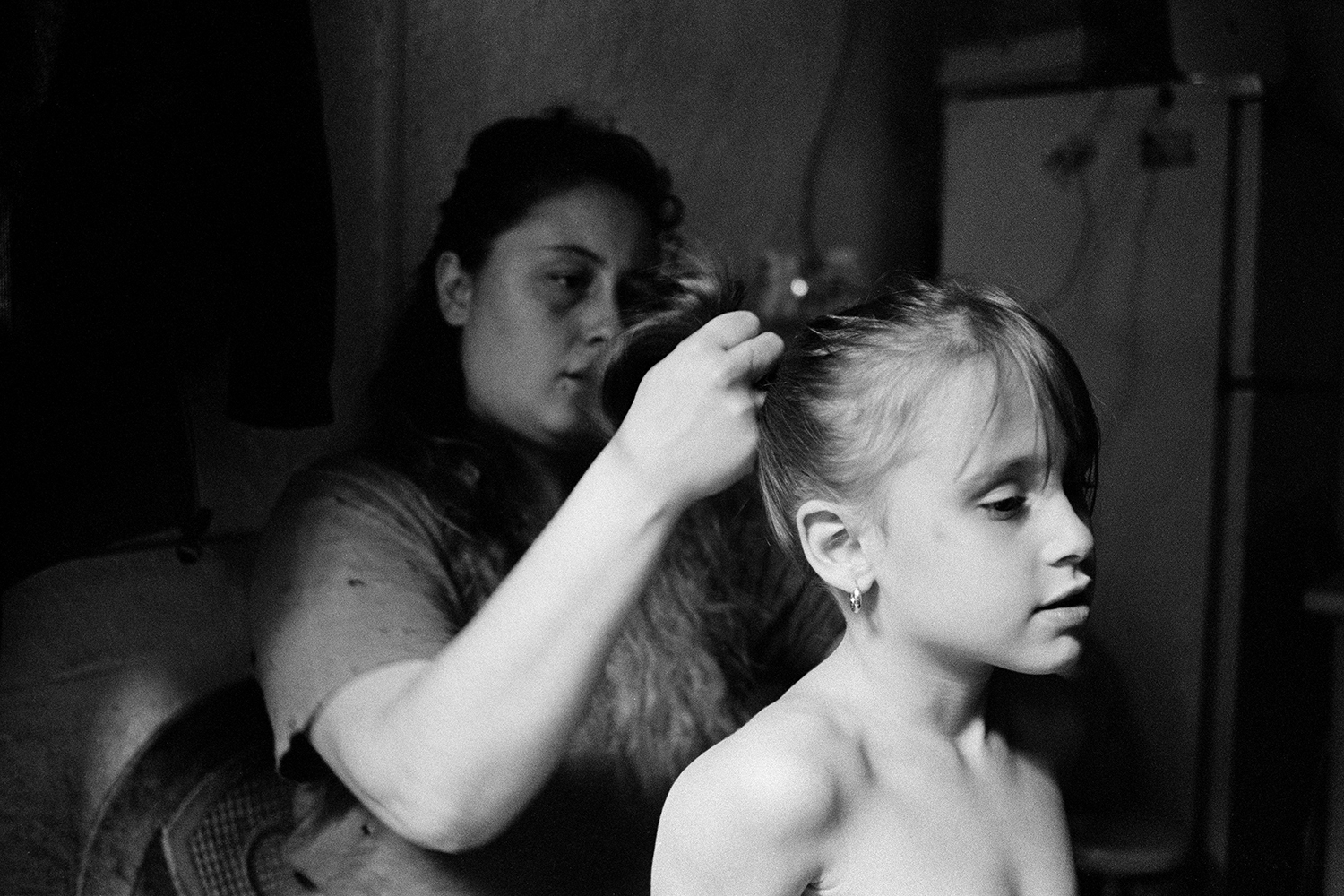
What is your project?
My project focuses on the Rione Sanità’s life in its intimate and sweet fold. My images want to give back the best part of that flesh that can also be bestial. The Sanità district, situated in the heart of Napoli (an Italian metropolis), is one of Europe’s most densely populated places. The district, born as a residential area for noble and aristocratic families, has become one of the poorest in Naples due to the construction of the Sanità’s bridge (also known as Ponte Maddalena Cerasuolo). It has excluded the neighborhood from the city’s life.
I don’t want to make a historical document, I want to talk about existence from childhood to death. This is why my project became a work on love and loneliness, basic human conditions which are also metaphors for the reality of this district.
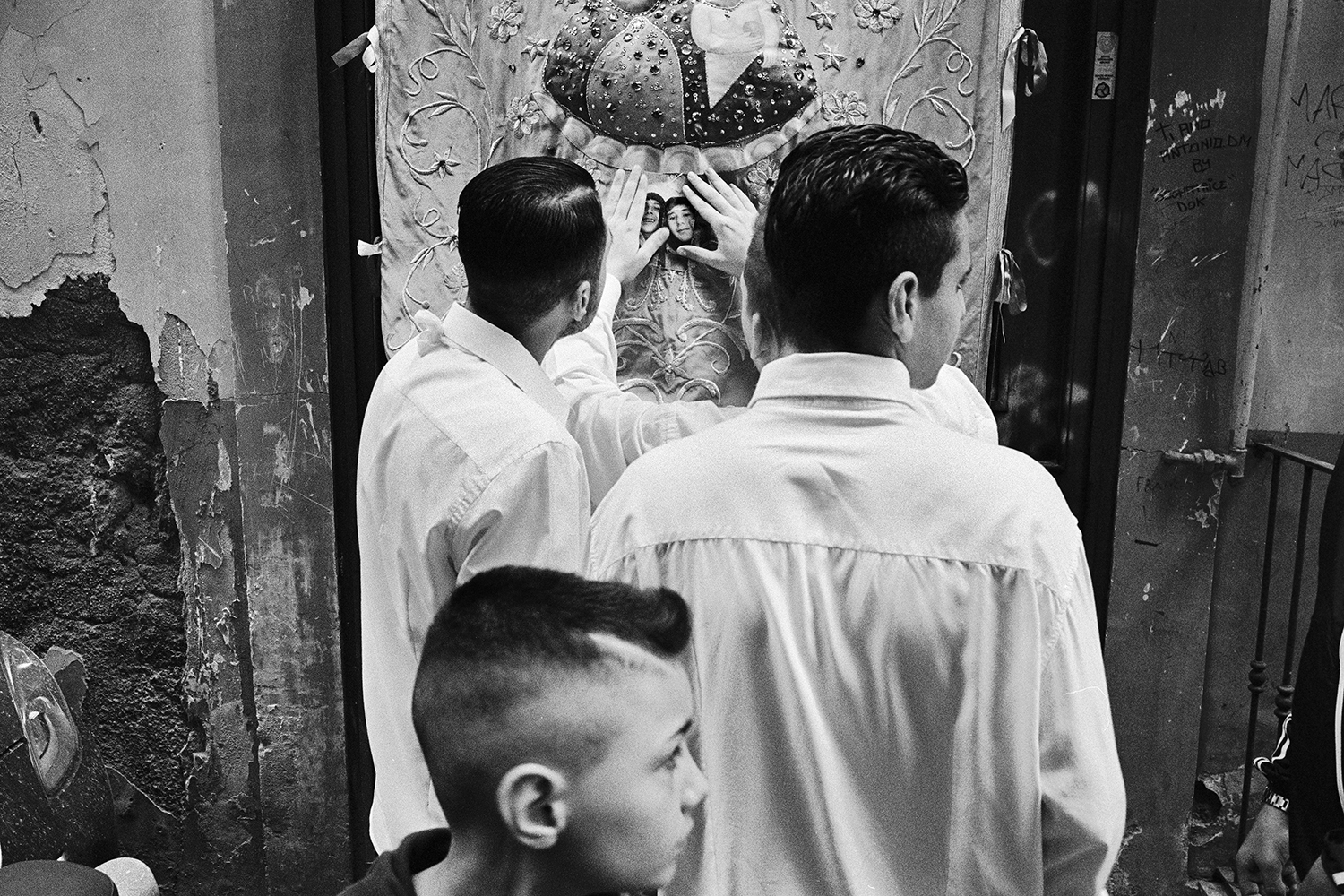
Let’s start at the beginning, how and what triggered the desire to work on this neighborhood?
I have known about Sanità for a long time because of the social problems that afflict it: unemployment, school drop-outs, criminal organizations. I was attracted to the idea of understanding the dynamics of such a neighborhood. It’s located in the heart of the city, yet totally excluded from the city’s life because of historical processes and bad politics. Soon after I started going around the alleys and getting to know the inhabitants in 2015, it became clear to me that the place is full of amazing people and energy. There are many different and precious stories, full of dignity. This is where the authentic nature of human beings is found in everyday life. I live 20 minutes far from the area, so every week I go back to the neighborhood. When I was there, I walked around for the entire day and I started meeting, talking, and getting to know the inhabitants.
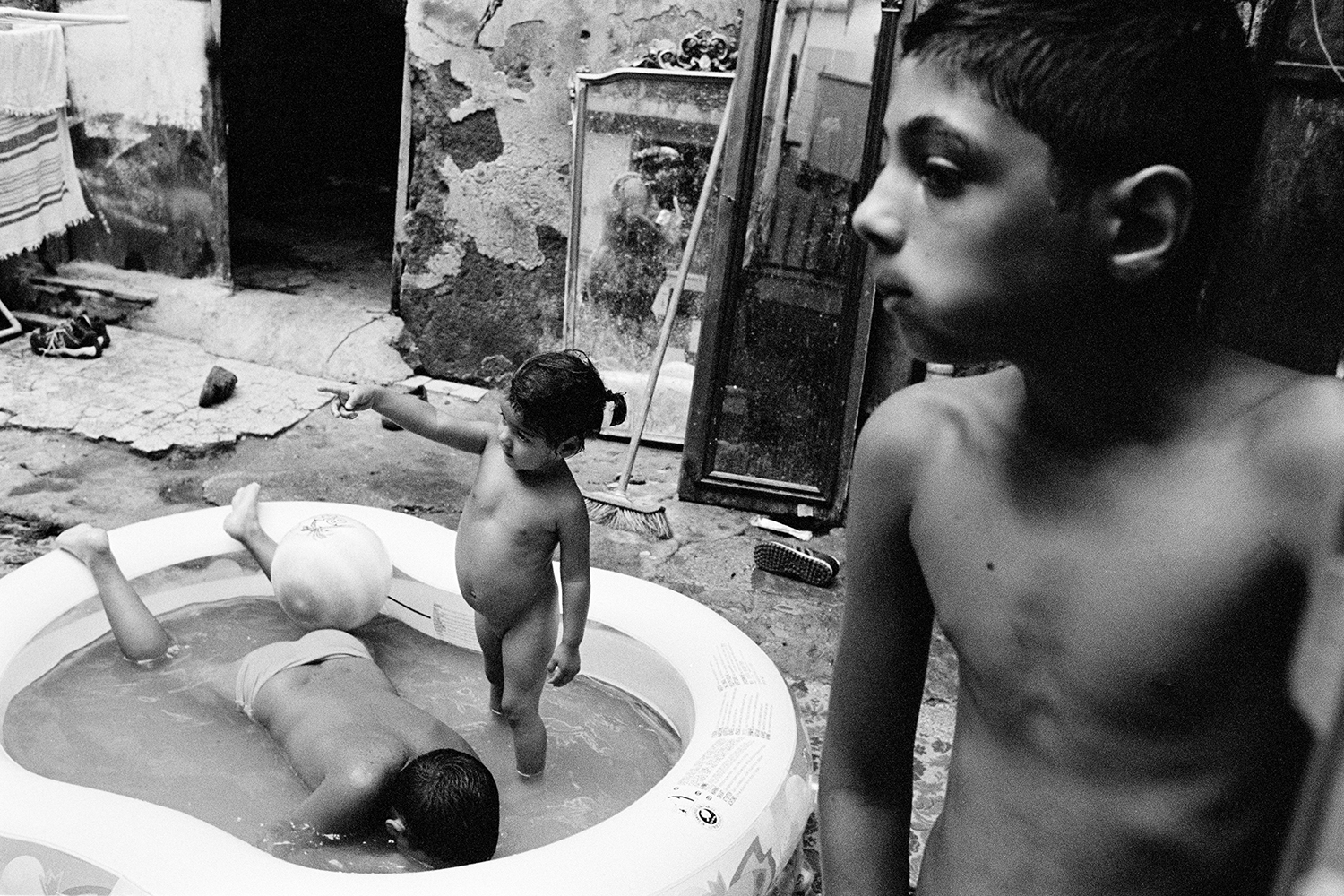
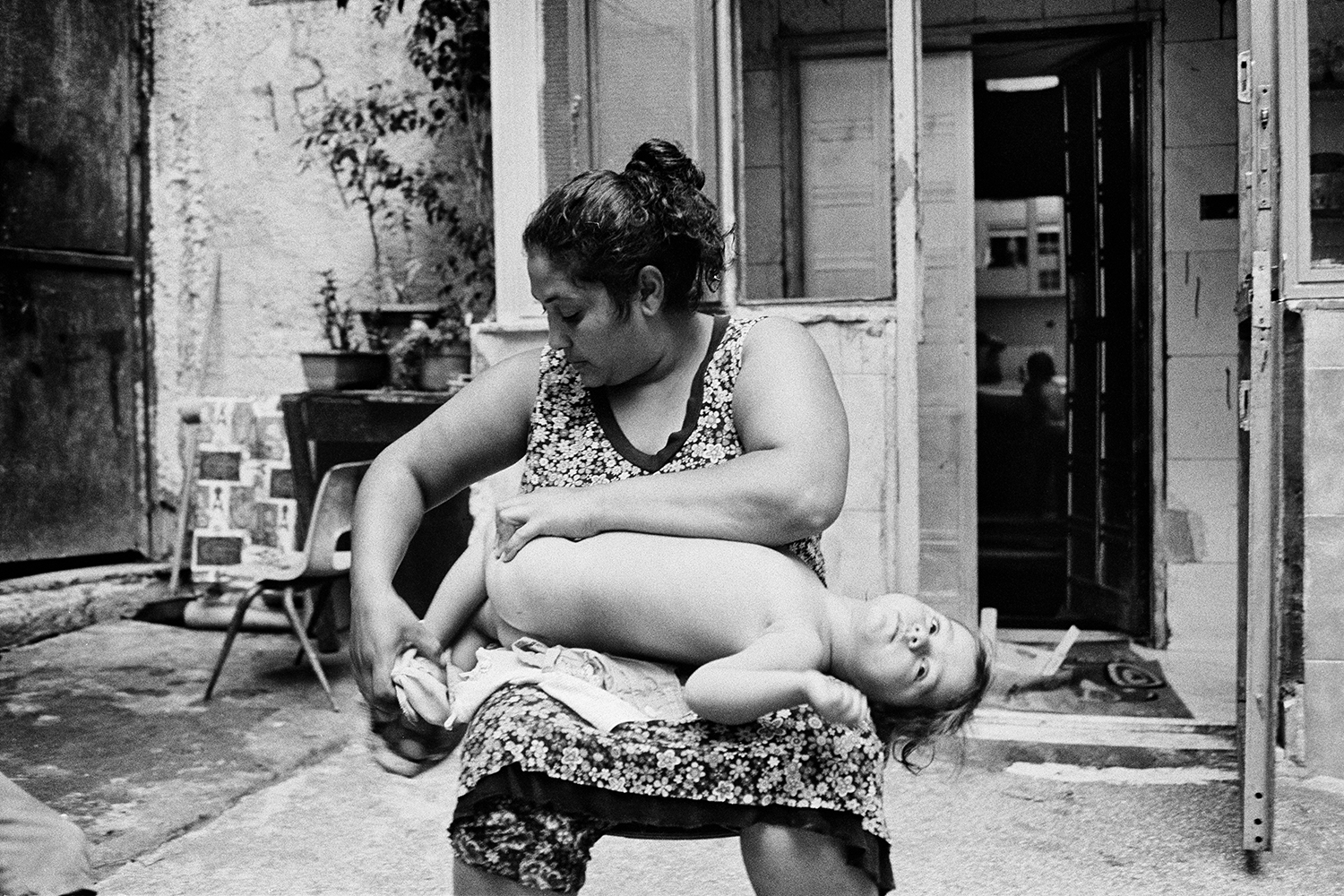
« This kindness is hard to find during these days… »
How was the beginning? Did you take pictures pretty quickly or did it take a long time?
I took some pictures quickly but only a few of them are now part of my final editing. I made my best images after some time of frequenting the place. Time after time the families started to welcome me and let me enter into their homes and their lives.
The first questions they always ask me when I go to meet them are « did you have a meal? » or something like « how are your darlings? » This kindness is hard to find during these days, and it suggests that there are enormous resources of human happiness that are not exploited by contemporary society.

What camera did you use and why BW?
The whole project has been realized with analog cameras. I used a Leica M6 and a Nikon F3 with 35mm an 28 mm lenses. I prefer to use analog photography because I appreciate its slowness. It’s important for me to take a temporal distance from the images. This helps me to reflect on my work. Using the analog method also creates anxiety… but that anxiety pushes you to do the best you can in your work. I had a technical difficulty. The interiors of the houses are very dark so I had to pull the Tri-x film at 800 ISO for better exposure and sometimes I used an artificial light because it’s necessary. I use an LED light which is softer than a flash.
I prefer black and white for my work because I think it is more incisive and poetic. It also draws attention to the subjects, emphasizing the intensity of their faces and gestures. The black and white exalt the body language of the subjects and their relationships. My images are a silent tale. I don’t want to shock or judge, but to let viewers think about human existence.
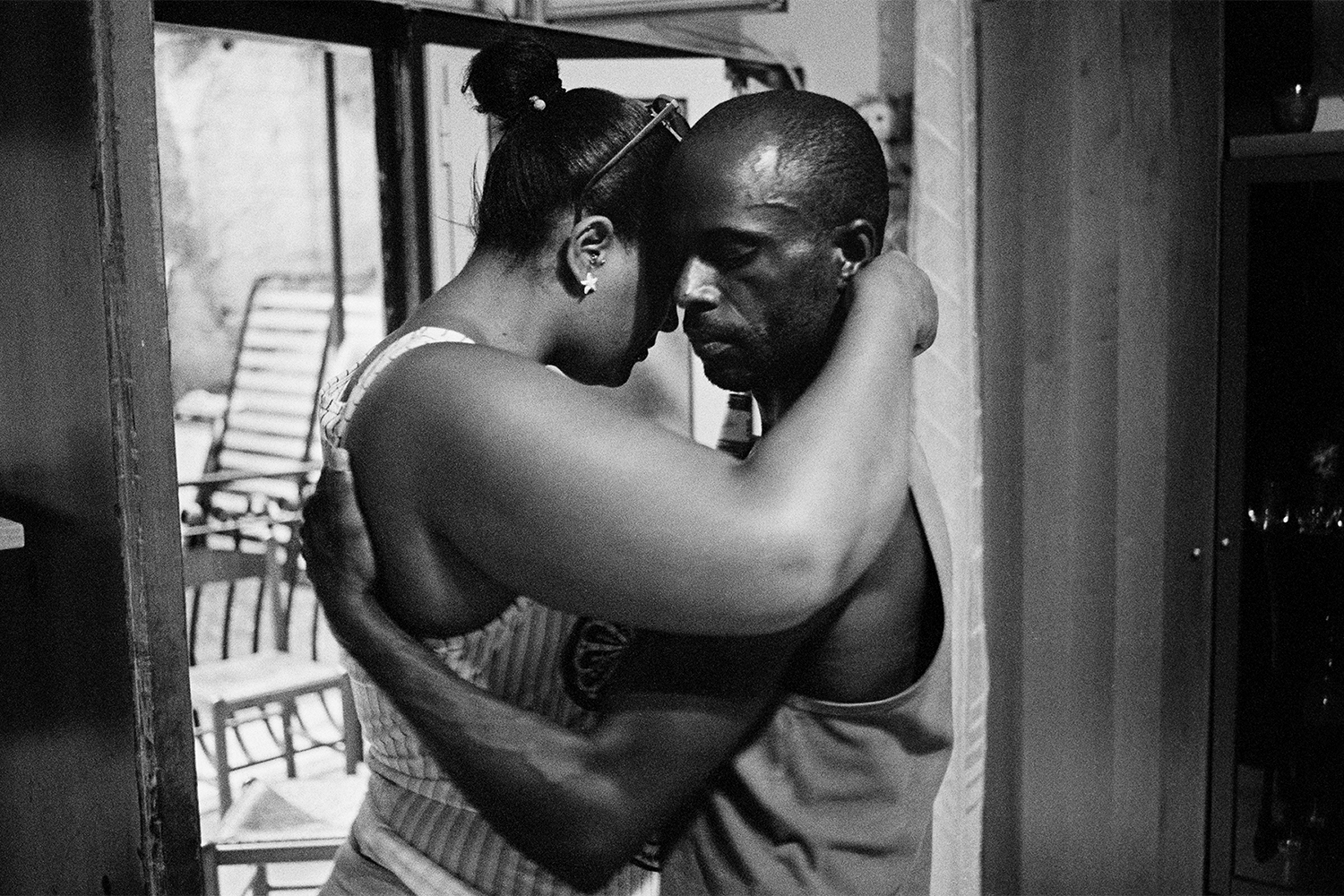
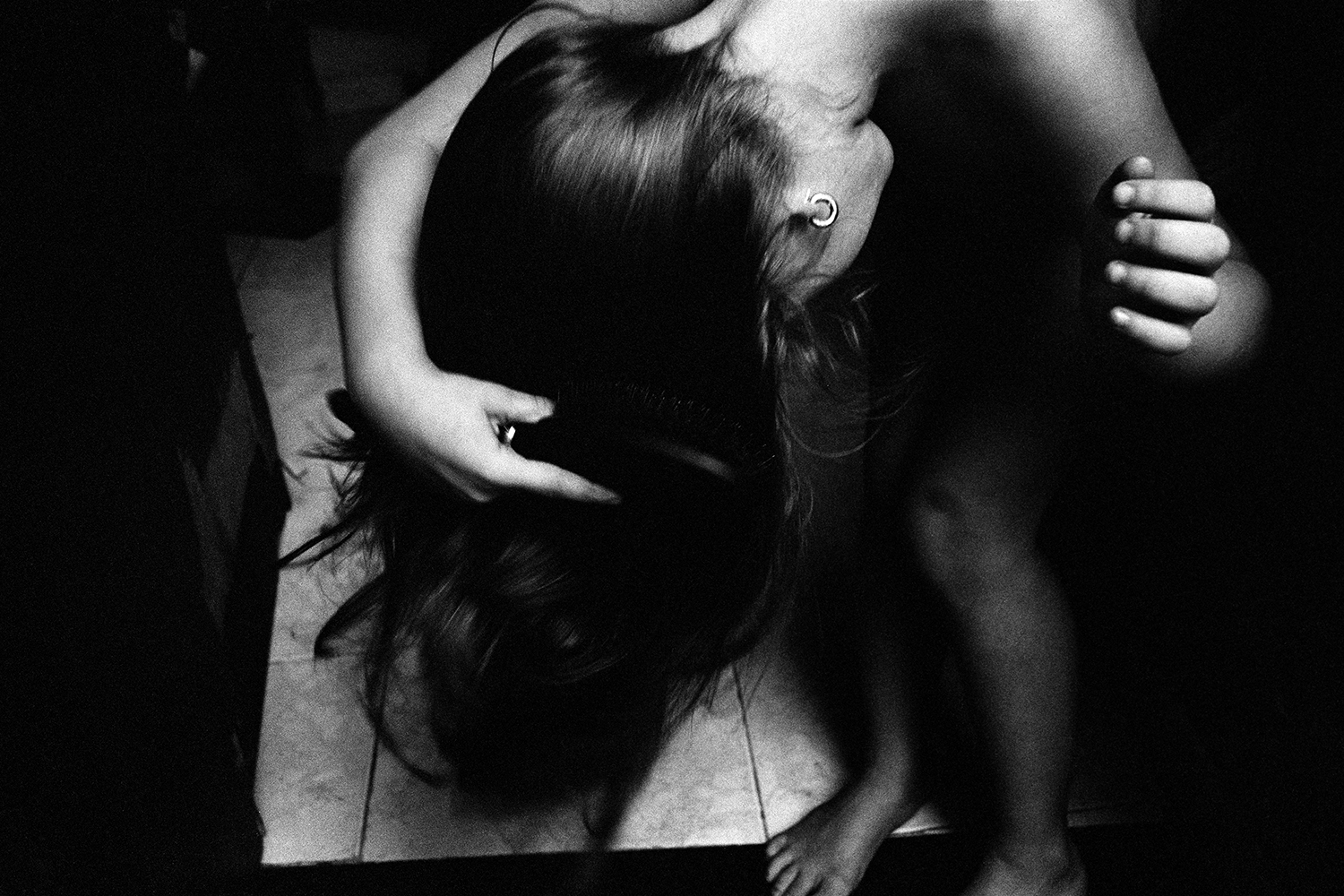
We feel that intimacy is important for you in this project, How did you manage to capture this?
Obviously I went back to see them many times and often I didn’t take photos. Actually, the most important thing is to be able to create a relationship with the subjects. I told them about my life and they did the same, this kind of trust allowed me to capture intimacy in the photos. They also appreciated that my goal was to portray these places without falling into rhetoric or stereotypical history.
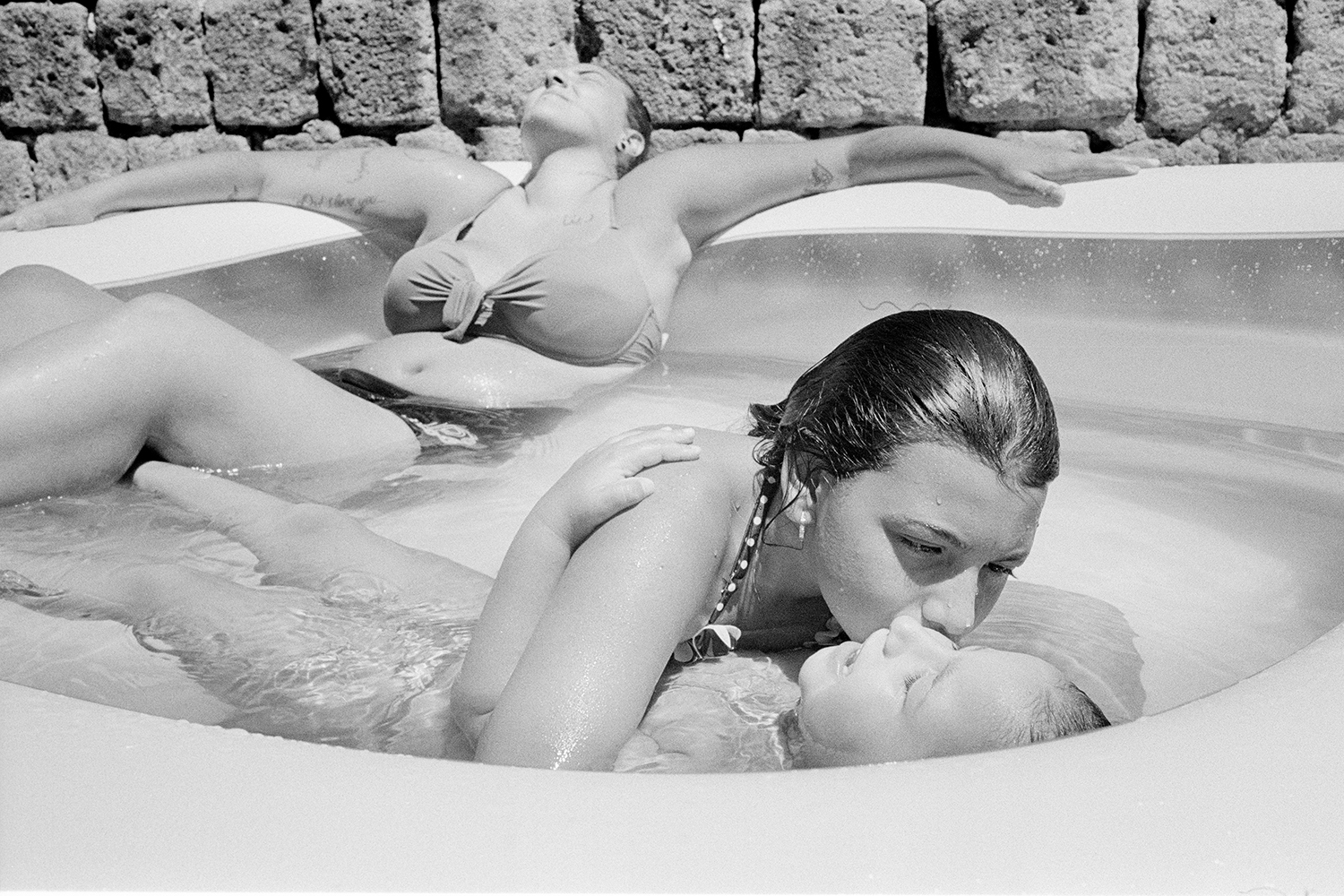
« …They pushed me to look for something else, to go deeper… »
The difficulty often is to get lost if you don’t have a frame, did you sometimes feel that you were going in circles? Did you have any doubts?
Yes, over the years there have been times I felt I was going in a circle. But those periods were important. They pushed me to look for something else, to go deeper into the existential dimension of the neighborhood. This has expanded my project. I had no doubts. I felt that the job was becoming important to me but every time it still continues to amaze me.

Do you have a moment, a photo that you remember? an important story that stayed with you? Or a person?
I have a lot of moments and photos that I remember. One of the most important images for me is this one. Here, Marco is portrayed in a tender embrace with the second of his three daughters, Giusy. Marco has lived in the Rione Sanità for years. He lives with a very precarious economic and working situation. At night he goes out on the street to collect old iron to sell. Clearly his efforts are all aimed at the sustenance of his family.
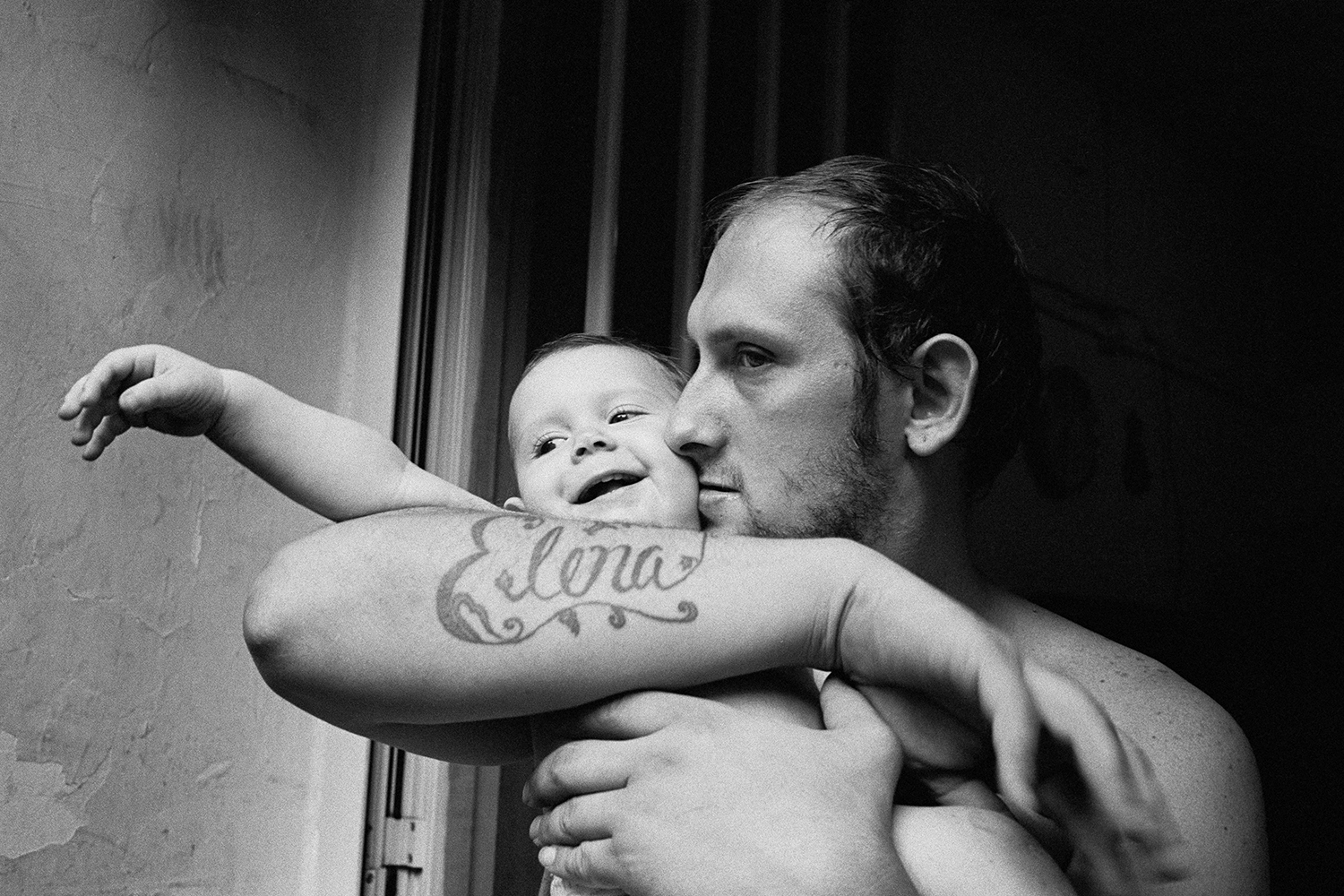
« In that embrace, there are all my questions about what it means to be a father »
What binds me to this image is the encounter between the subject’s experiences and my personal experiences. This is a prerogative from which my works cannot be separated. I don’t know if this is a quality or a defect of my photography, but I cannot consider my subjects simply from a documentarist point of view. I need a relationship and a sharing that manages me to get into the existential dimension of subjects and that at the same time questions my existential dimension.
I realized that in that embrace there was all that I have received or what I’d wanted to receive from my father. In that embrace, there are all my questions about what it means to be a father in a society of which many principles I do not share. The answers are in the purity and innocence of this moment. I wonder at this moment that we are living when and how our bodies will begin to touch again and if this will be enough to fill the void towards which we have long pushed ourselves.


What are your influences in photography? both at the beginning when you started and now which photographers inspire you?
I think that everything in our daily life can be a source of inspiration and influence in photography: a book, (for the project I found Ermanno Rea’s « Nostalgia » very interesting) the music, a meeting or a simple walk. By the way, I would like to underline the importance for all my research of two Italian artists and intellectuals: Pier Paolo Pasolini and Eduardo de Filippo. They were fundamental for me for their in-depth investigation of the human being, for their criticism of capitalistic society, for their respect for any form of culture, and for the authenticity of their works. Returning to photography, an author who influenced me at the beginning was Josef Koudelka. I am attracted to the mystery and at the same time to the universality of his images. Now I really appreciate the works of Mary Ellen Mark, I love her intimate, delicate, respectful, and poetic way of portraying the subjects.
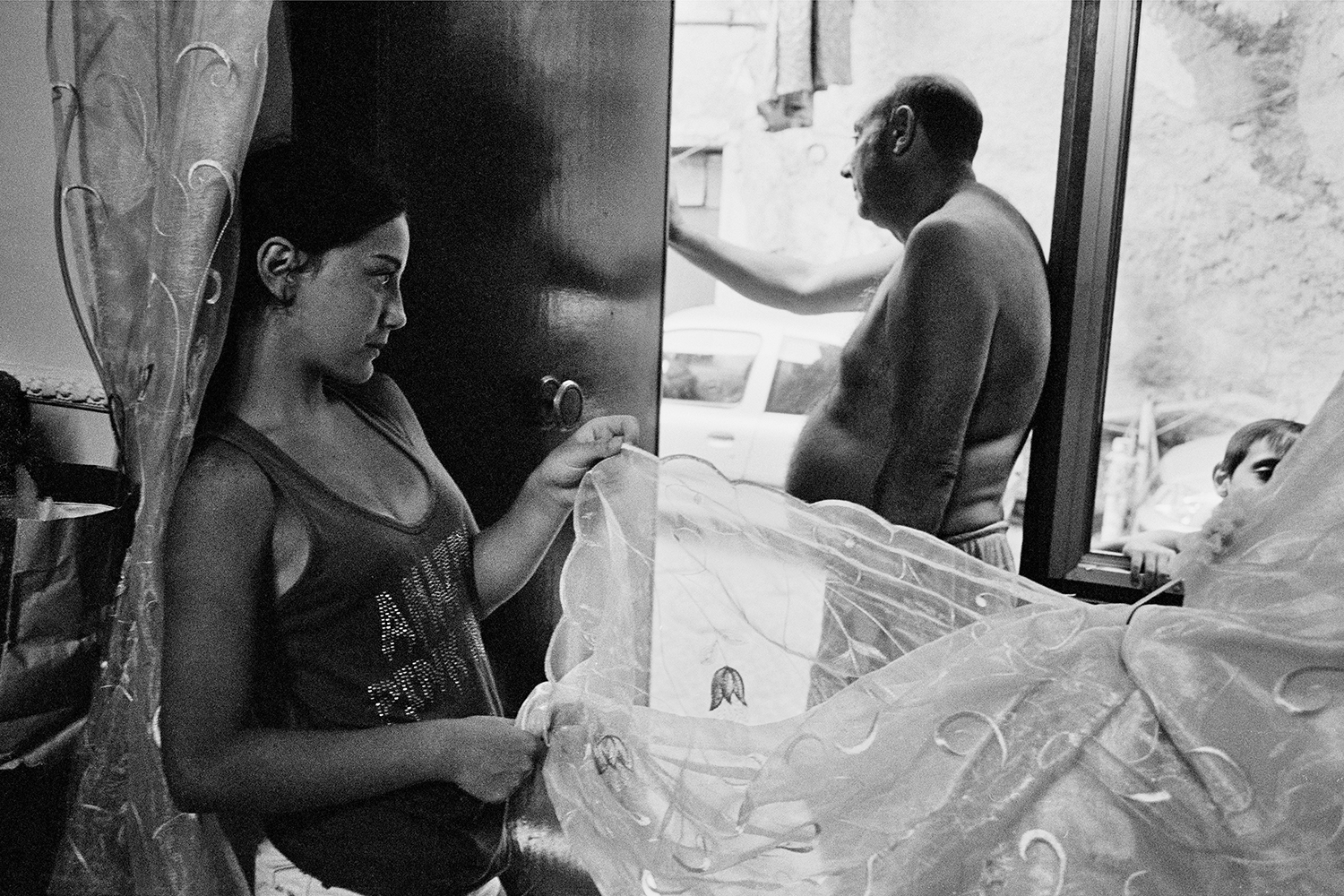
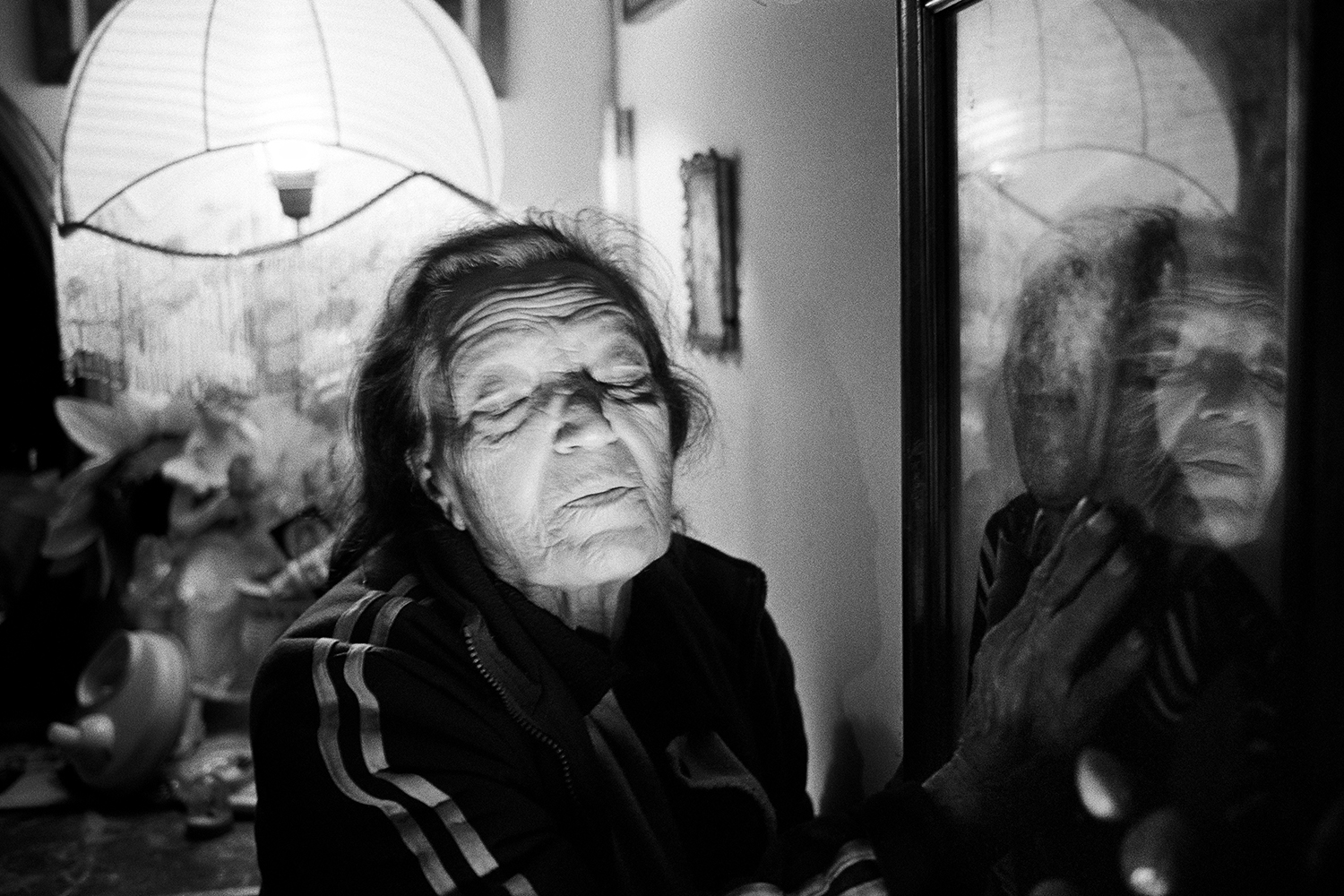
What are your future projects?
I would like to continue my research on urban marginalities. Later Sanità and Santa Lucia, it would be interesting both to create a third chapter on southern Italy but also to tell the theme in different contexts such as northern Italy or abroad. I would also like to realize long-term work on music intended as a cultural expression in harmony with nature. There are many musical genres in the world that derive their origins from the relationship with nature. In the last time, due to the closure and the difficulties that created the covid-19 emergency, I also have the idea of realizing a project on my municipality, Torre del Greco, a way to explore my origins to deal with my past.
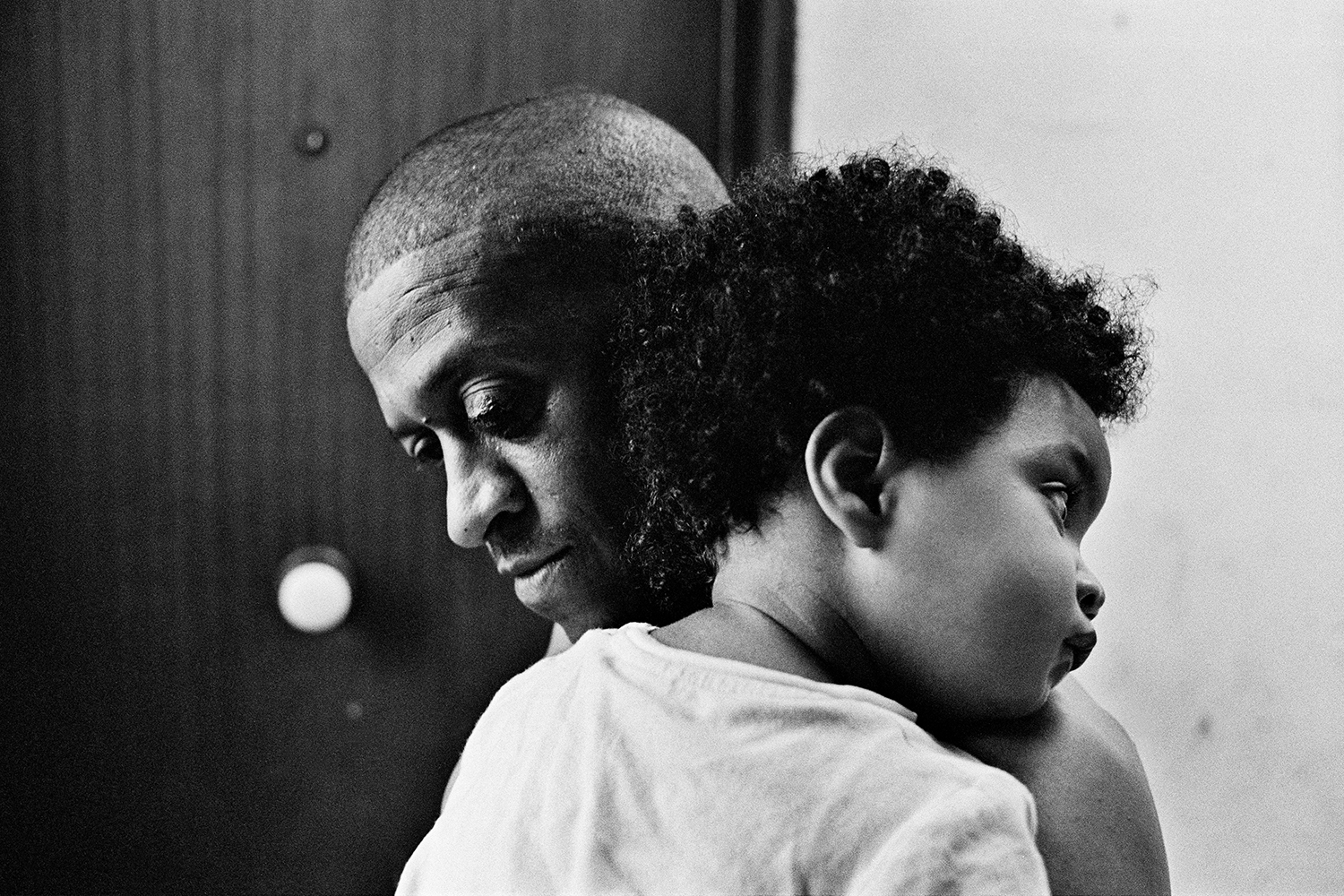
Your TOP 5 photobooks? according to you if you had to recommend 5 photo books to a beginner as a reference?
“Gypsies” J. Koudelka, Delpire, Aperture 1975
“Tiny streetwise revisited” Mary Ellen Mark, Aperture 2015
“Below the line” Eugene Richards, consumer Reports books 1987
“In Flagrante Two” Chris Killip, Steidl 2015
“Family love” Darcy Padilla, Editions de la Martiniere 2014
Interview by Kalel Koven
Photographer’s Links: Website – Facebook

